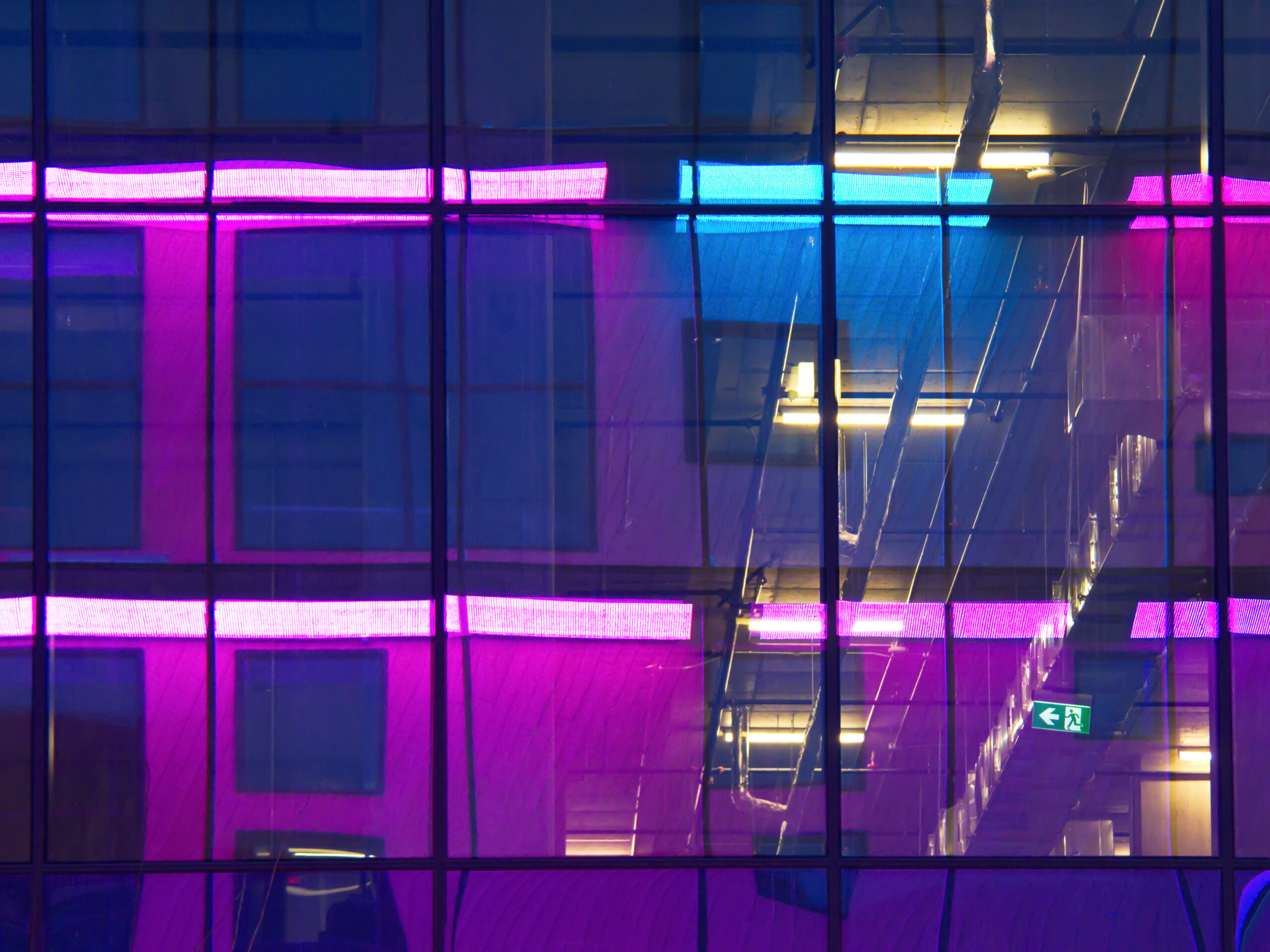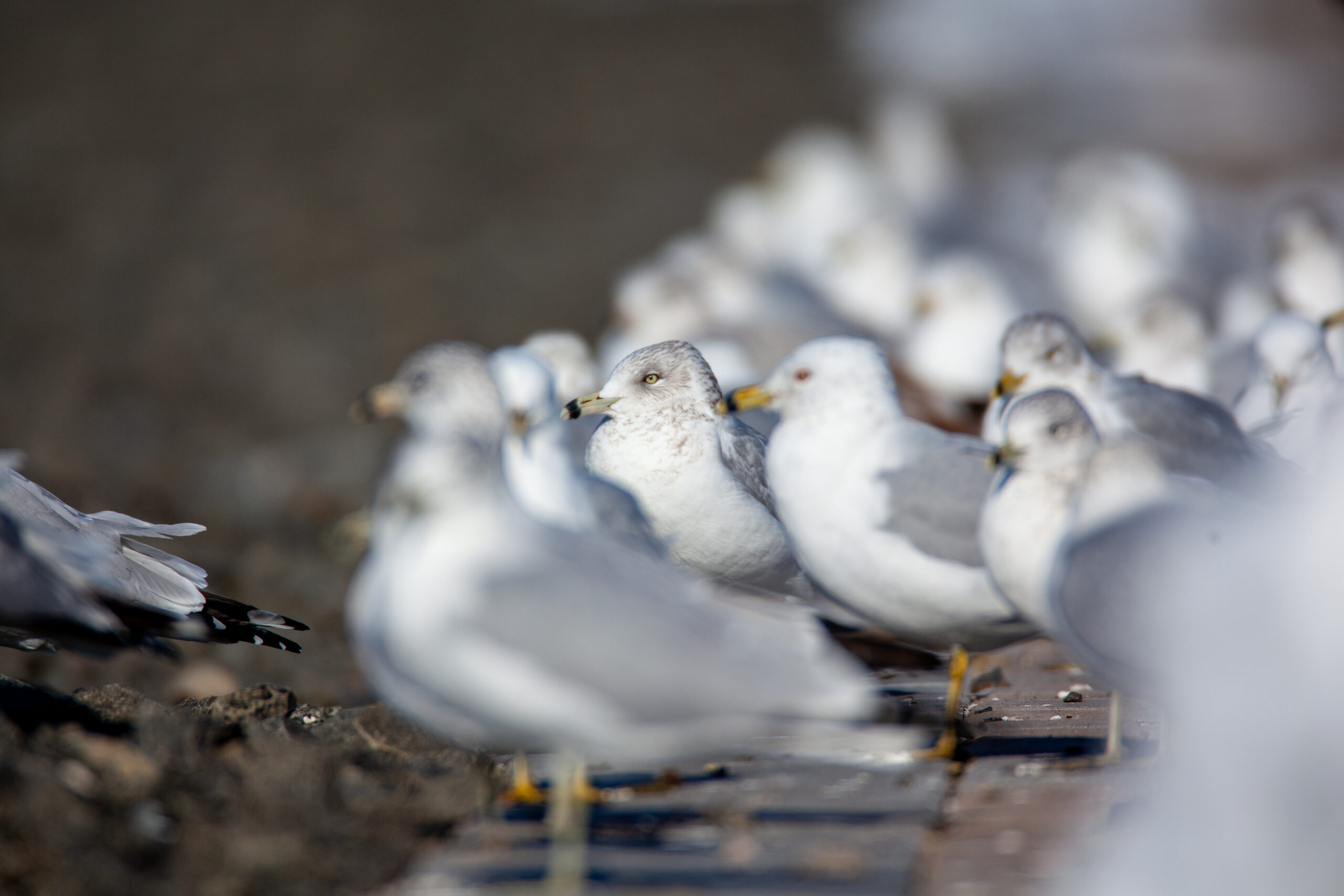Premier Selvedge Denim Material Makers Manual
Are you aware that selvedge denim, renowned for its robustness and classic charm, is crafted by talented craftsmen? The journey of selvedge denim commences with the textile producers who carefully interlace and create this iconic jean material. Finding the right selvedge denim fabric manufacturers is vital to securing the top-notch standard and skill in your denim wear.
If you’re searching for the finest selvedge denim, look no further. In this detailed guide, we’ll guide you through the leading selvedge denim fabric manufacturers, revealing the brands that are renowned for their commitment to quality and accuracy. From Iron Heart and Samurai Jeans to PBJ and Oldblue, we’ll delve into the leading brands that represent the spirit of selvedge denim by the yard.
But first, let’s uncover the fundamentals of self-edge denim and understand why it has captivated jean lovers and style experts alike. Explore the craftsmanship, heritage, and unique traits that make Japanese, American-made, and European selvedge denim remarkable. From the weaving process to the assorted weights and qualities, we’ll discuss the self-edge spectrum and give you the information to make a smart decision.
So, whether you’re a denim aficionado or just beginning your foray into the world of selvedge denim, this manual will be your dependable resource in exploring the top self-edge denim textile producers and discovering the core of this classic material. Let’s start this jean adventure together and uncover the top that self-edge denim has to give.
Selvedge Denim Essentials: Grasping the Fundamentals
Selvage denim is a pillar of quality craftsmanship and timeless style. But what exactly is selvedge denim, and what sets it apart from its counterparts? In this section, we will examine the basics of selvedge denim, shedding light on its distinctive features and why it has attracted such a devoted following.
Selvedge denim is a kind of denim fabric knitted on vintage loom shuttles, which make a sealed edge on both sides of the material. This sealed edge, characterized by the distinctive colored lines tracing the outside of the border, inhibits unraveling and coming undone, creating a tidier, stronger textile. This precise precision in the weaving process makes self-edge denim greatly desired by denim fans.
One of the unique traits of selvedge denim is its connection to premium quality and denser fabric. Manufacturers, particularly those in Japanese, are renowned for their mastery of self-edge denim making, using long-threaded cotton fibers and traditional methods to create denim that is not only strong but also contains a deep texture and depth of character.
Grasping selvedge denim essentials is essential to appreciating the singularity of this fabric. The next section will examine the iconic Japanese mills famous for creating some of the finest self-edge denim in the world.
Legacy and Artistry: Japanese Selvedge Demystified
This section examines the deep legacy and unmatched artistry behind Japanese selvedge denim. Japan has historically been linked with exceptional jean making, and its mills have gained iconic status in the industry. Let’s explore some of these well-known textile mills and reveal the unique traits that make Japanese denim extraordinary.
Famous Japanese Weaving Factories
Japanese selvage owes its renown for superior craftsmanship to the knowledge and commitment of its textile mills. Some of the most revered names in the market include:
| Textile Mill | Place |
|---|---|
| Amhot Mills | Okayama Region |
| Kuroki Weaving Factory | Yamagata Region |
| Japan Blue/Collect Weaving Factory | Kojima Region |
| Kaihara Weaving Factory | Hiroshima |
| Nihon Menpu Mills | Tokyo |
| Toyoshima Textile Mill | Chiba |
These mills have made themselves as trailblazers in producing some of the top selvage in the world. Each factory contributes its distinctive style and artistry to the denim manufacturing process, creating a diverse range of selections for denim enthusiasts.
Distinctive Qualities of Japanese Denim
Japanese selvage is revered for its superior quality and special features. Here are some of the important characteristics that make Japanese-made denim unique:
- Premium Quality: Japanese textile mills take immense pride in using the superior materials and employing traditional techniques to craft jeans with unparalleled durability and comfort.
- Heavier Weight Fabric: Japanese denim is typically produced using heavier weight fabrics, renowned for their strength and potential to generate beautiful fades with age.
- Reputation for Excellence: Japanese-made denim is widely regarded as the epitome of top-tier denim textile, desired by denim aficionados around the globe.
These unique qualities render Japanese selvage a favorite among denim fans and aficionados who appreciate the artistry and artistry that is involved in creating each pair of jeans.
Exploring American Self-edge: Famed Factories and Their Stories
When it comes to American selvage, there are a few iconic mills that have left a mark on the industry. One of the most recognizable is Cone Textile Mill, which is distinguished as being the last selvedge denim mill in the USA.
Cone Mills has a rich history, going back to the year 1891, and its partnership with Levi’s has played a vital role in the acceptance of American denim. The top-tier textile produced by Cone Textile Mill has been employed in Levi’s denim for years, making it synonymous with American denim heritage.
Aside from Cone Textile Mill, there are other famed US denim look leggings weaving factories that have contributed to the market expansion and reputation. The White Oak Division, a section of Cone Mills, was well-known for its top-tier textile before its shutdown in the year 2017. Another notable mill is Rogue Territory Mills, which has become known for its skill and devotion to producing top-tier denim.
Choosing premium raw selvedge denim from these US weaving factories gives several perks. The longevity of the material guarantees that your denim will resist extended wear and many washes. Additionally, the distinct wear patterns that appear as they age create a unique and one-of-a-kind style, making each denim pair original. With American self-edge denim, you get great bang for your buck.
| Mills | Established | Key Achievements |
|---|---|---|
| Cone Mills | the late 19th century | Provider of material for Levi’s |
| White Oak Section (Cone Mills) | the early 20th century | Renowned for top-tier textile pre-2017 ending |
| Rogue Territory Weaving Factory | 2008 | Recognized for craftsmanship and high-quality denim |
Discovering European Mastery in Denim Making
European selvage is renowned for its exceptional craftsmanship and superiority. In this segment, we highlight two Italian pioneers of denim creation: Candiani Weaving Factory and Berto Mills. These textile mills have created a firm standing in the market for their outstanding denim fabric.
Italian Experts: Candiani and Berto Textile Mills
Candiani Mills, based in Italy, has been making some of the best jean material since the mid-20th century. With a strong commitment to eco-friendliness, Candiani Weaving Factory uses cutting-edge methods and sustainable methods to make superior denim that meets the top standards.
- Their materials are famous for their softness, strength, and gorgeous color patterns.
- Candiani Mills’ European selvedge denim is favored by style-leading brands and denim experts alike.
- They offer a wide range of jean choices, from lightweight to heavyweight, making possible adaptability in different clothing designs.
Berto Mills, another esteemed Italian weaving factory, has been at the leading edge of jean making for a century and two decades. With a deep legacy and commitment to time-honored artistry, Berto Mills keeps to deliver exceptional denim fabric that meets the best standards.
- Berto’s European selvage is renowned for its special characteristics, with slubby textures and beautiful fading potential.
- Berto Mills has a diverse range of denim types and finishes, allowing designers and denim enthusiasts to produce unique and one-of-a-kind items.
- They focus on eco-friendly production methods and utilize eco-conscious components to minimize the ecological footprint of denim creation.
Legacy of Cone Mills: America’s Jean History
While exploring European expertise, it’s crucial to recognize the legacy of Cone Textile Mill, an iconic American denim mill, to Europe’s denim legacy. Cone Textile Mill has been a leader in the denim field for decades, renowned for its commitment to quality and originality.
- Cone Mills’ selvedge denim fabrics have been employed by well-known denim names around the world, highlighting the versatility and toughness of US-made jeans.
- Their European selvedge denim options encompass a wide range of types, densities, and treatments, meeting the varied demands of denim experts and jean lovers.
- From traditional blue denim to modern stretch varieties, Cone Mills continues to expand the limits of denim creation.
European selvage denim lovers are have a wealth of options with the superior selections from Candiani Weaving Factory, Berto Textile Mill, and the heritage of Cone Textile Mill. These mills embody the pinnacle of skill and showcase the commitment to excellence that has made European selvage material highly sought after in the style market.
The Selvage Material Makers
In the realm of selvage, a diverse selection of manufacturers help with the creation of this high-quality fabric. Each manufacturer contributes its own style, leading to a diverse selection of selvage names. Learning about assorted makers is vital in finding the perfect pair of self-edge jeans that match personal tastes.
Below is a detailed roster of selvedge denim fabric manufacturers known for their exceptional quality and skill:
| Manufacturer |
|---|
| Ironheart |
| Samurai Jeans |
| Oni |
| PBJ |
| Flat Head Jeans |
| Full Count |
| Benzak Denim Developers |
| Indigofera Prima Jeans |
| Blaumann |
| Ooe Yofukuten |
| Oldblue |
These makers have made themselves as pioneers in the selvedge denim industry. Each label has its unique style, shape, and material makeup, serving varied tastes.
Whether you’re a hardcore jean lover or a fashion-forward individual, it’s crucial to learn about the selections from different self-edge textile producers to find the perfect pair of denim wear that resonate with your individual values.
The Art of Denim Weaving: Creating Selvage
Jean knitting is a meticulous craft that is essential in the creation of selvedge fabric. The intricate weaving process requires the interlacing of threads to form the unique crosswise structure that denim material is famous for.
Vintage Looms Compared to Modern Machines
Two types of looms are mostly used in denim fabrication: shuttle looms and projectile looms. Shuttle weaving machines are traditional, slower machines that produce self-edge denim. These textile makers feature a loom carriage that transports the cross thread through the lengthwise fibers. The resulting fabric has a finished border, called the selvedge, which inhibits unraveling and showcases the skill of the knitting method.
On the other hand, projectile looms are modern, fast devices that are commonly used in high-volume making. These textile makers send the weft thread across the vertical yarns using a rapier or aerodynamic system. While projectile looms are suitable for large-scale denim production, they do not make selvedge denim fabric by the yard due to their failure to produce finished edges.
The Role of Raw Denim in Selvedge Fabrication
Untreated denim, also known as unprocessed or raw jeans, is essential in the creation of selvage material. Untreated denim is crafted from cotton threads that have not undergone any initial cleaning or processes, maintaining the natural characteristics of the fabric.
When raw denim is crafted on shuttle looms, it makes a sturdy and thick material with a more compact interlacing. The nonexistence of initial cleaning allows the denim to develop one-of-a-kind color changes and creases with age, creating a personalized and one-of-a-kind style. This is why raw selvedge denim enthusiasts value the top-tier and long-lasting nature of self-edge jeans.
The mix of loom shuttles and raw denim showcases the artisanal craftsmanship and attention to detail that is used in producing selvedge fabric. Each selvage denim pair conveys a narrative through its knitted build and unprocessed feel, making them a top choice among denim aficionados.
Unraveling the Selvedge Spectrum: Classes and Traits
In the world of self-edge denim, weights and qualities play a significant role in the character of the textile. Selvage materials exist in a range of weights, and each class has its special features and benefits.
A main point to consider when exploring selvedge denim is the density of the textile. Selvage material classes can range, and denser classes are commonly connected with durability and long-lasting wear. These textiles have a denser weave and are less prone to wear and tear, making them suitable for those wanting a durable and long-lasting pair of jeans.
Alongside densities, self-edge textiles also has a diverse selection of traits that enhance its desirability. One of these features is roughness, which refers to the varying density or fine threads used in the material. Textured self-edge textile has a rough and varied look, adding an element of uniqueness and visual interest.
Texture is another important quality of self-edge textiles. Based on the fabrication approach taken and the variety of fibers, selvedge denim can have a rough or even feel. The feel of the fabric impacts the total appearance and touch of the denim, creating a unique touch sensation.
Wear pattern formation is another feature to consider when discovering selvage materials. Some kinds of self-edge textiles are famous for their outstanding color changes, permitting the textile to show wear and create distinct designs with age. This feature enhances the personalized nature of selvage materials and the narrative it conveys through its appearance.
Overall, the selvedge spectrum includes a wide range of densities and qualities, enabling individuals to select the textile that best suits their needs and ideal comfort. Whether wanting toughness, texture, or color changes, selvage materials provides a wide array of selections to learn about.
Crucial Aspects to Evaluate in Selvage Denim
When it comes to picking the ideal pair of self-edge jeans, evaluating key features can make all the difference. Two key aspects to think about are material thickness and toughness.
Textile Density and Toughness
Fabric weight affects the thickness and strength of the denim material, affecting its durability and longevity. Heavier weight selvedge denim, often about 14-21 ounces, tends to be stronger and less prone to damage, making it an perfect choice for individuals wanting jeans that can endure tough conditions and offer extended wear.
The durability of selvage denim is increased by the close interlacing of the textile. The utilization of traditional shuttle looms produces a closer interlacing, resulting in a more resilient fabric that can withstand frequent cleaning and daily wear.
For those who like a less dense selection, selvage denim with a lower fabric weight, between 10 to 13 oz, offers a softer and cooler comfort. While less dense denim may not be as strong as heavier options, it still has a desirable level of durability and can develop distinct wear patterns and personality with age.
Fade Potential and Textile Character
One of the key features of selvage denim is its potential for distinct fades that reveal the wearer’s lifestyle and behaviors. Fade potential indicates the material’s inclination to break in and produce distinctive patterns and color variations with continuous use and cleaning.
Textile character is another crucial aspect to take into account when selecting selvedge denim. This means the special appearance characteristics, such as texture, twisted surface, and uneven knitting. These features contribute to the individuality of the fabric and can make each denim pair unique.
Whether you want a softer and even wear pattern or a dramatic and pronounced look, grasping the fade potential and textile character of selvedge denim can help you choose a material that aligns with your unique look and desired look.
Textile Density and Toughness
| Fabric Weight | Durability |
|---|---|
| Dense (14-21 oz) | Tough, suitable for hard wear |
| Less dense (10-13 oz) | Good durability with a softer wear |
Eco-Friendly Practices in Self-edge: Sustainable Creation Techniques
In the universe of self-edge jeans, environmental responsibility has become an increasingly crucial aspect of eco-friendly manufacturing. Consumers are now more conscious of the ecological footprint of the items they buy, and the denim industry is no outlier. To address these concerns, mills like Candiani Textile Mill have become trailblazers of green selvage creation.
Candiani, recognized as the leading green textile mill in the industry, is focused on using eco-friendly manufacturing approaches. The weaving factory prioritizes reducing water consumption, cutting down on chemicals, and using advanced techniques to reach a greener creation method. By adopting these practices, Candiani strives to produce jeans that more than matches top-tier criteria but also aligns with the beliefs of eco-aware buyers.
It is vital for buyers to make informed choices and support names and makers that prioritize sustainability. By choosing eco-friendly self-edge jeans, shoppers can contribute to a eco-friendlier denim field. Together, we can support the use of eco-friendly techniques throughout the manufacturing stages and support a greener tomorrow for denim manufacturing.
| Advantages of Eco-friendly Self-edge |
|---|
| 1. Reduced water consumption |
| 2. Lowered chemical application |
| 3. Lower environmental impact |
| 4. Promotes responsible creation |
| 5. Matches eco-aware shopper principles |
Denim Innovations: Merging Heritage with Modernity
This segment of the article examines the interesting universe of denim innovations that seamlessly blend tradition with modern technology. Denim material, a timeless and cherished material, has continued to evolve to fit the demands of contemporary fashion while remaining faithful to its roots.
Current Advancements in Denim Material
With innovations in material science, denim producers have been able to improve the effectiveness and toughness of their textiles. Advanced weaving techniques, such as the employment of shuttle weaving machines, create a tighter, tighter knit that produces a more durable and resilient denim. This not only increases the wearability of the fabric but also enhances better fades and unique texture.
Material processes have also played a significant role in enhancing denim textiles. Unique methods, such as biological cleanings and resin applications, can make a diverse selection of styles, from distressed and worn-in looks to refined and elegant designs. These techniques enable adaptability to traditional denim, making possible a greater variety of style options and consumer preferences.
Advances in Eco-Friendly Practices
In addition to modern enhancements in denim textiles, the industry has seen important innovations in green manufacturing. Understanding the necessity to lessen its burden on the earth, denim manufacturers have been exploring eco-friendly dyeing processes and adopting the utilization of repurposed substances.
By employing sustainable dyeing processes, such as air-based coloring or organic blue color, manufacturers are cutting down on resources while still producing bright and long-lasting jeans. The employment of reused substances, such as reused fibers or polyester fibers, aids lessen the requirement for fresh components and keeps material waste out of disposal sites.
This dedication to eco-friendliness ensures that jean making can keep growing without compromising the condition of the environment. As the industry changes, employing both old-fashioned skill and current advancements, a greener and conscious method to denim manufacturing will turn into the standard.
Modern Enhancements and Environmental Sustainability in Denim
| Modern Enhancements | Eco-Friendly Practices |
|---|---|
| Advanced weaving techniques | Eco-friendly color applications |
| Textile techniques | Use of recycled materials |
The chart above the article shows the modern enhancements in jean fabrics and the corresponding breakthroughs in eco-friendliness. It demonstrates the continuous work of the field to merge heritage and modernity with sustainable methods, ensuring a better and more sustainable tomorrow for denim material.
Conclusion
After learning about the universe of selvedge denim fabric manufacturers, it is evident that there is a diverse selection of options available to denim fans. From renowned brands like Iron Heart, Samurai, and Oni Denim to The Flat Head, Full Count, and Indigofera Prima Jeans, each producer contributes their distinctive look and artistry to the table. When it comes to selecting the perfect maker, it is vital to think about personal tastes and the preferred appearance and comfort of the denim material.
In addition to the diverse selection of makers, the perks of premium raw selvedge denim cannot be disregarded. Its long-lasting nature, top-tier color changes, and high value for your investment make it a worthwhile investment for jean enthusiasts. Moreover, sustainability is important in the denim field, and many makers are adopting green methods to production, such as Candiani Textile Mill, famous as the most eco-friendly weaving factory in the field.
Lastly, the denim field persistently changes by blending tradition with technology. Current advancements in jean fabrics, such as advanced weaving techniques and textile techniques, boost the functionality and toughness of self-edge jeans. Advances in eco-friendly practices, such as green coloring methods and the employment of reused components, contribute to a eco-friendlier denim field.
In final thoughts, exploring the realm of selvage material makers offers a range of choices and enables individuals to discover the ideal pair of jeans that fit their unique preferences. From the advantages of top-tier unwashed selvage to eco-friendly production and denim progress, there is plenty to learn and enjoy in the universe of selvage denim. So, take the time to explore and make informed choices to appreciate the timeless style and quality of selvedge denim.



